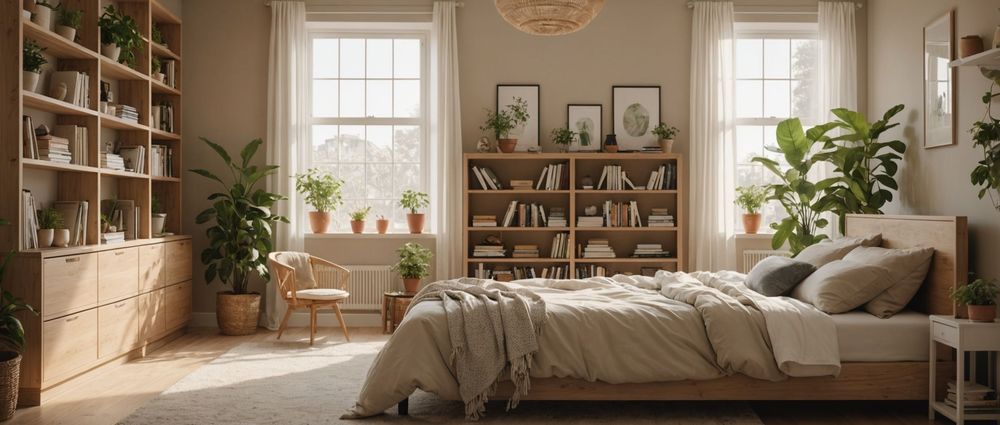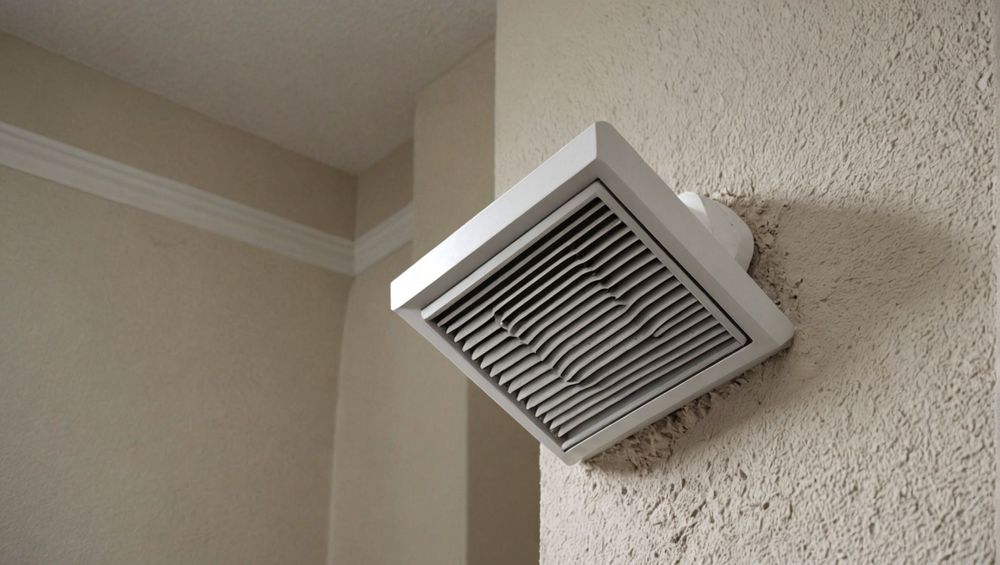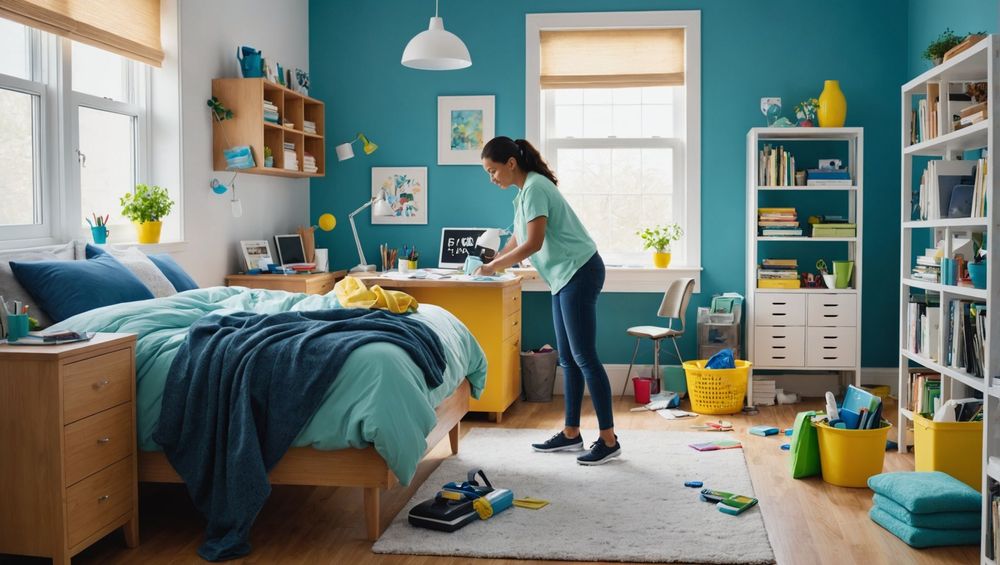Dust accumulation in your room can be a frustrating problem, but understanding its causes can help you tackle it effectively. Most commonly, dust is composed of various particles including skin cells, dirt, pet dander, and other allergens. Poor ventilation, inadequate cleaning, and the presence of pets can significantly contribute to the dustiness of your space. In this article, we’ll explore the primary reasons why rooms get dusty and offer practical solutions to help you maintain a cleaner environment.
The Sources of Dust in Your Room

Dust can enter your room through various channels, making it essential to understand its sources. Here are the most common contributors:
- Airborne particles: Dust carries through the air and can settle on surfaces, especially if your windows are frequently opened.
- HVAC systems: Heating, ventilation, and air conditioning systems can circulate dust throughout your home.
- Textiles: Curtains, carpets, and bedding can trap dust and allergens, releasing them back into the air as they are disturbed.
- Pets: Animals not only shed fur but also skin cells, which can contribute significantly to dust levels.
- Personal care products: Items such as hairsprays and lotions can leave residues that attract dust particles.
Understanding these sources can help you identify the specific factors at play in your room and address them more effectively.
Poor Ventilation and Airflow
One of the leading causes of dust accumulation is poor ventilation. When air cannot circulate effectively, dust particles remain stagnant and settle on surfaces. Without sufficient airflow, especially in closets or corners, dust buildup tends to worsen. Improving ventilation can significantly reduce your room’s dust levels. Here are some ways to optimize airflow:
- Open windows periodically to let in fresh air.
- Utilize exhaust fans in rooms prone to humidity.
- Keep vents clear by regularly cleaning them.
- Consider investing in an air purifier to filter out dust particles.
By enhancing airflow, you can reduce dust accumulation and create a more comfortable living space.
Cleaning Strategies to Combat Dust

Regular cleaning is crucial for minimizing dust buildup in any room. Here’s how to implement effective cleaning strategies:
- Dust frequently: Make it a habit to dust surfaces at least once a week to prevent buildup.
- Use microfiber cloths: These cloths trap dust better than traditional dusters, preventing it from becoming airborne.
- Vacuum with a HEPA filter: High-efficiency particulate air (HEPA) filters trap tiny particles that standard vacuums may miss.
- Wash textiles regularly: Clean curtains, bedding, and plush items often to reduce dust accumulation.
- Declutter your space: Fewer items mean fewer surfaces for dust to settle, making it easier to keep your room clean.
Incorporating these strategies into your routine can lead to a noticeable reduction in dust levels over time.
Preventing Dust from Accumulating
While regular cleaning is vital, prevention is often the best strategy to keep dust at bay. Here are explanations on how you can prevent dust from accumulating in your room:
- Limit the number of decorative items and knick-knacks that collect dust.
- Keep your windows closed during high pollen seasons.
- Use door mats to trap dirt before it enters your room.
- Store items in airtight containers to keep dust out.
- Groom pets regularly to reduce shedding and dander.
By taking these proactive measures, you can create an environment that is less conducive to dust accumulation, thus minimizing cleaning efforts.
Conclusion
In conclusion, understanding why your room may be dusty is the first step toward combating the problem. By recognizing the common sources of dust, improving ventilation, implementing effective cleaning strategies, and taking preventive measures, you can significantly reduce dust levels in your room. A cleaner space not only feels better to live in but also promotes better health by reducing allergens. Remember, it takes consistent effort to maintain a dust-free environment, but the results will make it worthwhile.
FAQ
1. How often should I clean to prevent dust accumulation?
It is advisable to dust surfaces at least once a week and vacuum frequently, depending on factors such as pet ownership and environmental conditions.
2. Can air purifiers really reduce dust?
Yes, air purifiers equipped with HEPA filters can effectively capture dust particles and allergens in the air, improving overall air quality.
3. Is it normal for dust to accumulate quickly?
Yes, factors like poor ventilation, humidity levels, and the presence of pets can cause dust to accumulate more quickly in some environments.
4. Do plants contribute to dust accumulation?
Indoor plants can actually help reduce dust levels by trapping particles in their leaves. However, it’s important to clean the leaves regularly to prevent dust buildup.
5. What type of vacuum is best for reducing dust?
A vacuum with a HEPA filter is best for minimizing dust, as it captures even the tiniest particles and prevents them from re-entering the air.
